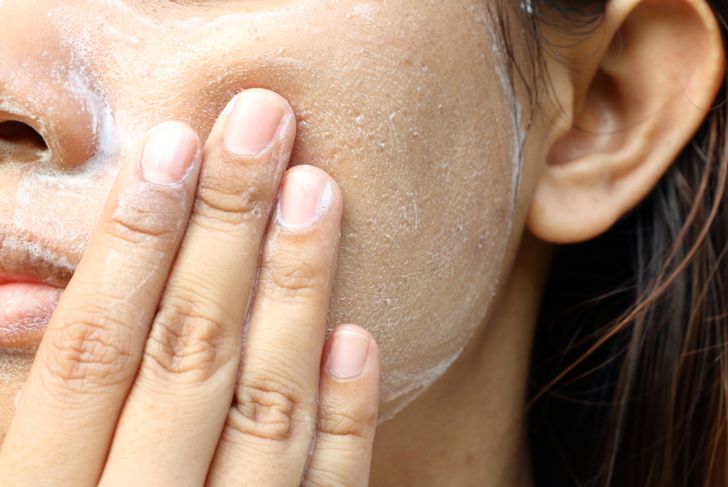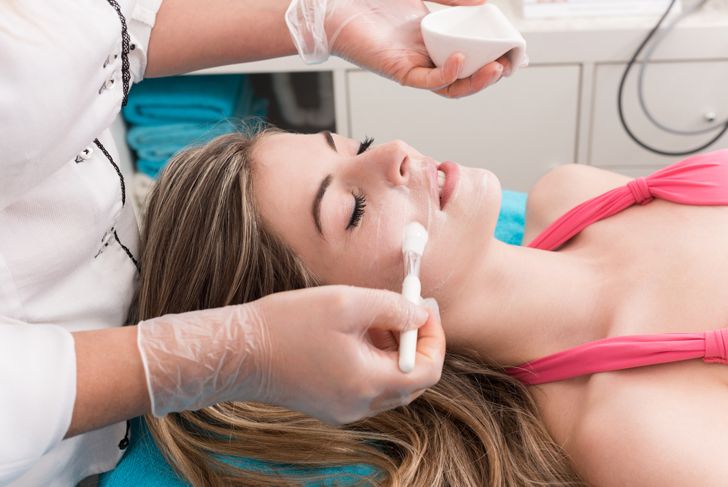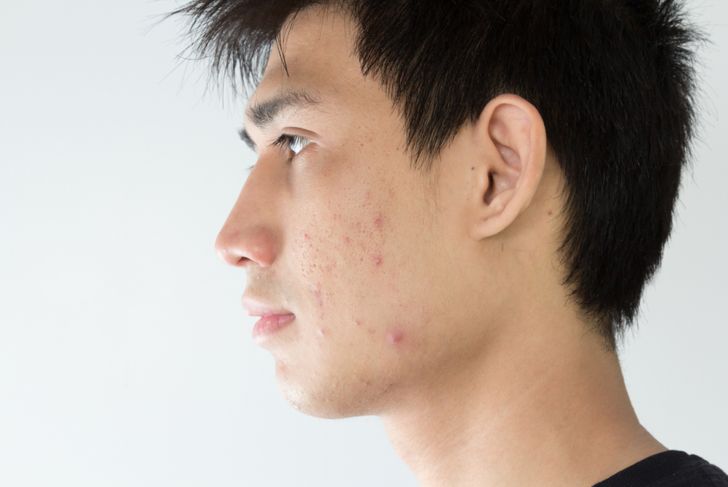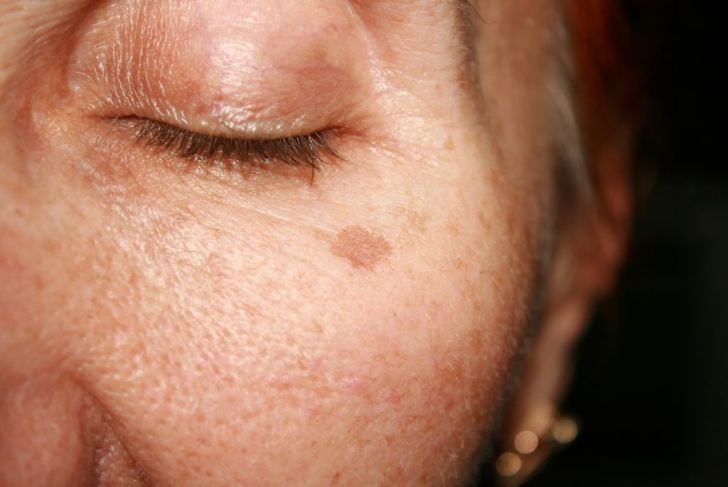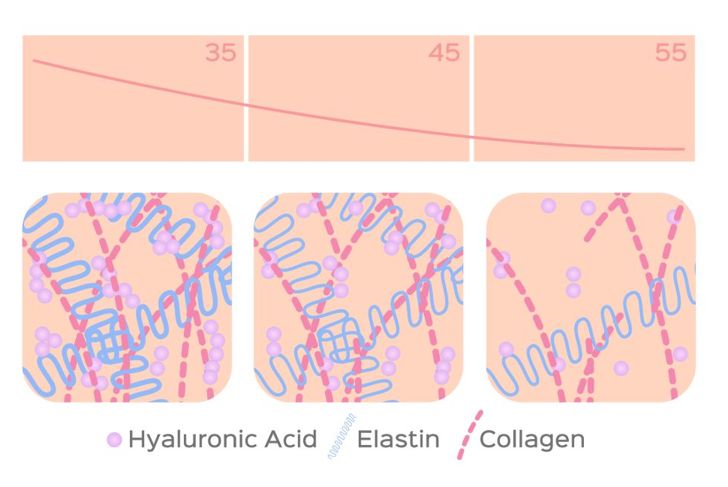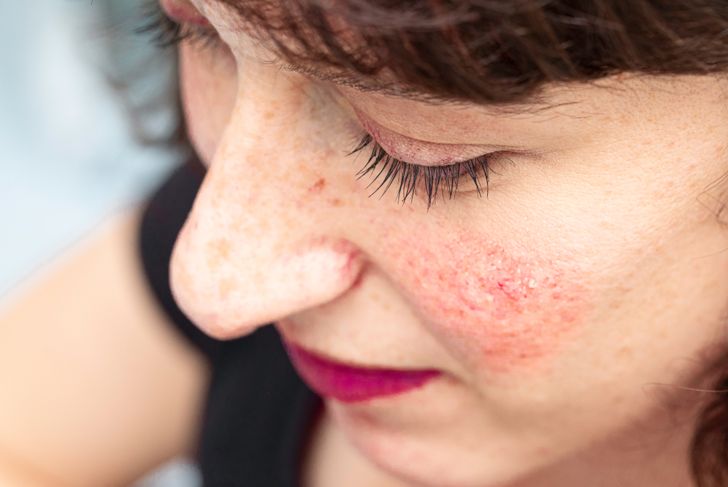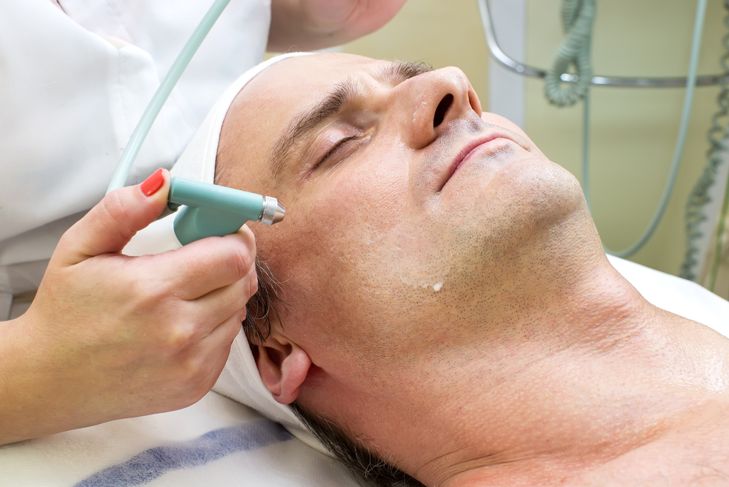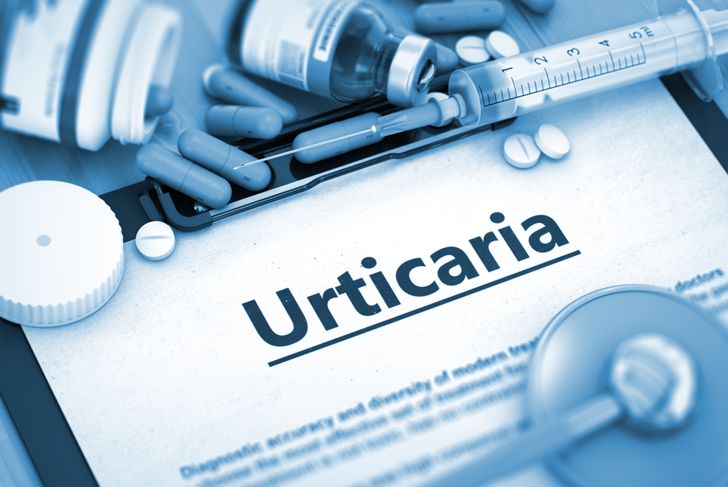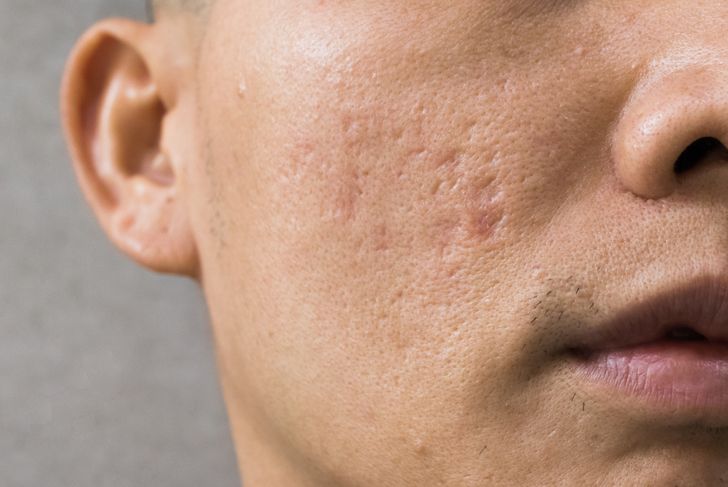Glycolic acid is a popular ingredient in chemical peels today, as a less invasive option for fighting the signs of aging and sun damage. But just because it’s popular doesn’t mean it is entirely safe. Glycolic acid might do wonders for your skin, but it isn’t for everyone and, in some cases, the outcome may not be what you expect.
Exfoliation
Exfoliation entails removing the topmost layer of dead skin cells, which helps topical treatments penetrate deeper. Among alpha-hydroxy acids, glycolic acid has the smallest molecular weight and is water-friendly, making it a popular and effective chemical peel agent. It loosens the adhesion between the keratin-connected cells on the outermost skin layer, the stratum corneum. The result is old skin falling away, leaving a fresh glow.
Blistering
Chemical peels require glycolic acid concentrations ranging from 20 to 70 percent. The acid dries the skin, causing peeling and flaking, especially with deeper peels. This is why it is important to protect the more sensitive areas of the face, such as the corners of the mouth, the inner eyes, and the nasolabial folds. The regular course of treatment is ice to help blistering subside, or a short course of steroids, if necessary.
Treating Acne
Well over 80 percent of people between the 12 and 24 experience acne. Research conducted over six months with a group of 120 participants showed that a ten-percent glycolic acid solution in an oil-and-water emulsion, along with scheduled peels, relieved mild to moderate acne. While glycolic acid does not kill, acne bacteria or affect oil production, it can reduce breakouts by clearing pores of built-up dead skin and oil.
Irregular Pigmentation
Individuals with type III and IV skin — moderate to dark brown — may experience hyperpigmentation, particularly after medium-depth peels. Those with type I and II skin, more prone to burning, may develop dark brown patches from the procedure. Additionally, there is a risk to individuals on certain medications. One case examined how a woman taking low-dose oral retinoic medication for psoriasis experienced hyperpigmentation after a superficial 70-percent glycolic acid peel. Clients should always disclose retinoic and estrogenic prescriptions to technicians before a treatment involving glycolic acid.
Boosting Collagen
Hyaluronic acid is a naturally occurring substance that aids moisture retention. Approximately 50 percent of it resides within the skin. Hyaluronic acid works by binding water to collagen, plumping the skin. By age 25, collagen production starts to decline due to multiple factors and leads to wrinkles and sagging skin. Studies show a cream of 20 percent glycolic acid can aid epidermal and dermal remodeling by increasing collagen production.
Erythema
Clients should expect erythema or skin redness following a glycolic peel. For superficial and medium peels that deal with the epidermal and dermal layers, erythema disappears after a maximum of five or 30 days, respectively. For deep peels, which are one-time procedures, the maximum extends to 90 days. Redness that extends beyond those timeframes signals potential scarring. Glycolic acid triggers fibroplasia, a natural healing process that causes fibrous tissue formation. The scars may be treated successfully with lasers or steroids.
Lightening Hyperpigmentation
Melasma is the presence of brown or grayish-brown spots on the skin. A study of Asian women using a specific brand of skin cream containing a combination of glycolic acid and hydroquinone showed some lightening of melasma. However, research published in JAMA Dermatology states that there is no statistical improvement in melasma from the use of hydroquinone with or without glycolic acid. This highlights the need for more research around this particular use of glycolic acid.
Contact Urticaria
Contact urticaria or CU is swelling and redness that occurs immediately after direct contact with an irritant, such as glycolic acid. In some cases, individuals exhibit wheels and swollen marks on the skin that resemble the result of a slap. There are two types of CU. Nonimmunological is immediate and can occur following the first exposure, while immunological causes an immune response requiring more sessions to develop. Side effects of contact urticaria range from mild to severe anaphylaxis.
Atrophic Scarring
Atrophic scarring from acne or chickenpox occurs due to the skin’s inability to regenerate tissue. One study indicates individuals who underwent different glycolic procedures benefited from the treatment. While low-dose glycolic acid had fewer side effects, those with limited sessions with 70-percent concentration peels saw the best results. Doctors recommend at least six peels to see improvement; for those who cannot tolerate the peels, low-strength products appear to provide worthy long-term benefits.
Awakening Herpes
The herpes simplex virus causes eruptions on the face and around the mouth. Glycolic peels can reactivate the virus. Researchers figured out that the viral tegument protein in the acid is responsible, suggesting that the use of glycolic acid triggers an immune response that activates the protein. Those with a history of herpes will need to take a course of antivirals between ten and 14 days before any glycolic acid facial treatment.

 Home
Home Health
Health Diet & Nutrition
Diet & Nutrition Living Well
Living Well More
More